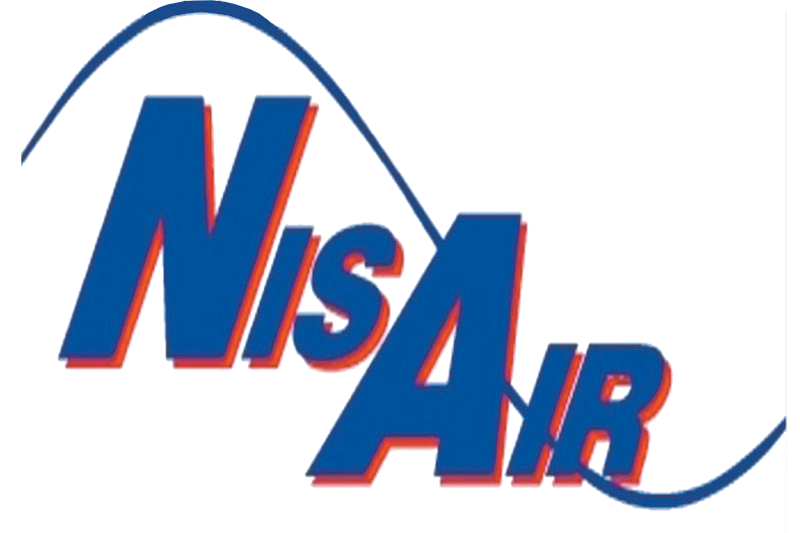How a Does a Variable Speed System Work?
It’s time for you to evaluate the efficiency of your HVAC system. If you’ve been experiencing high energy bills or frequent repair needs, it may be time to consider an upgrade for your system. A variable speed system provides energy efficiency, the highest level of home comfort and ease of use.
Energy Efficiency
Most standard HVAC systems feature one or two-stages. They either run at full power or one set point of partial power to heat and cool your home. A variable speed system allows the system to run incrementally over their full range of power. The system will maintain longer cycles with lower energy draw to keep the temperature steady in your home. Even though the cycles are longer, the overall reduced energy requirements will significantly lower utility bills over time.
Home Comfort
There are two things that affect the comfort level of your home in South Florida — temperature and humidity. A variable speed system addresses both of these issues. Longer cycles at lower power provides better filtration, keeping humidity levels lower. The temperature is kept steady over time, eliminating unpleasant drops and spikes.
Ease of Use
Variable speed systems in conjunction with zone control keeps every room in your home at a constant temperature, automatically redirecting airflow and increasing or decreasing output. Programmable thermostats let you set a schedule for your HVAC system, so energy can be saved while you’re out. WiFi apps even let you talk to your system while you’re away from home, as well as for days when there are unexpected temperature changes or changes in your schedule that require adjustments on the fly.
If you’re considering an upgrade as part of your fall HVAC preparation, a variable system might be for you. Here at NisAir Air Conditioning, we’ve been helping the people of Fort Pierce save money for more than 40 years. If you have any questions, we hope you’ll let us help.

